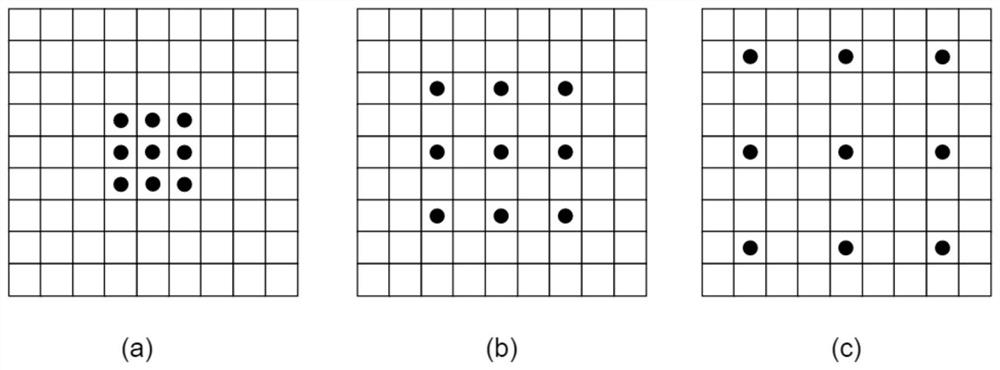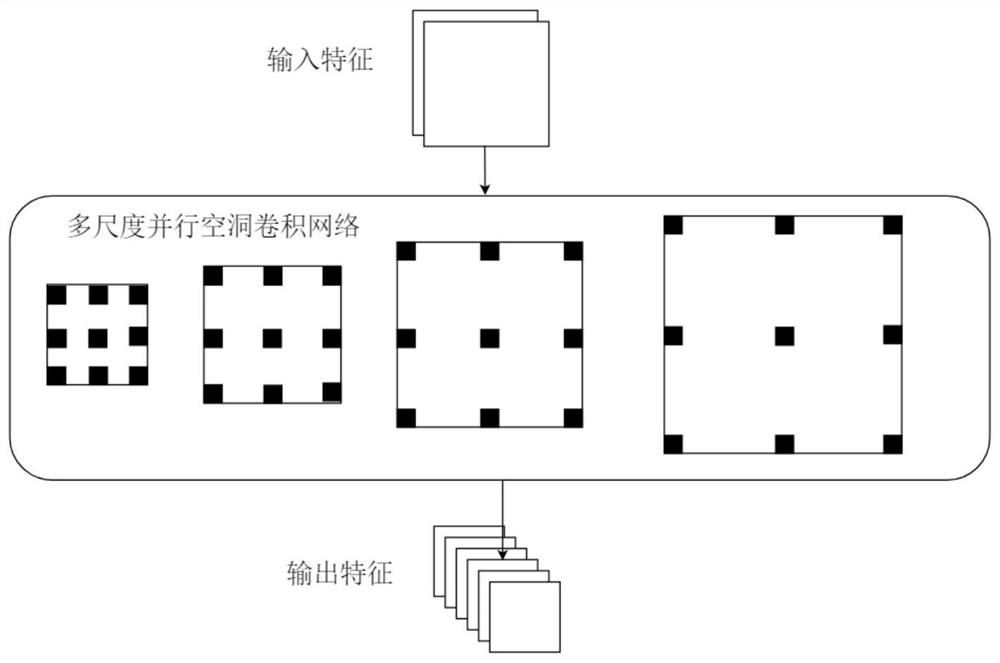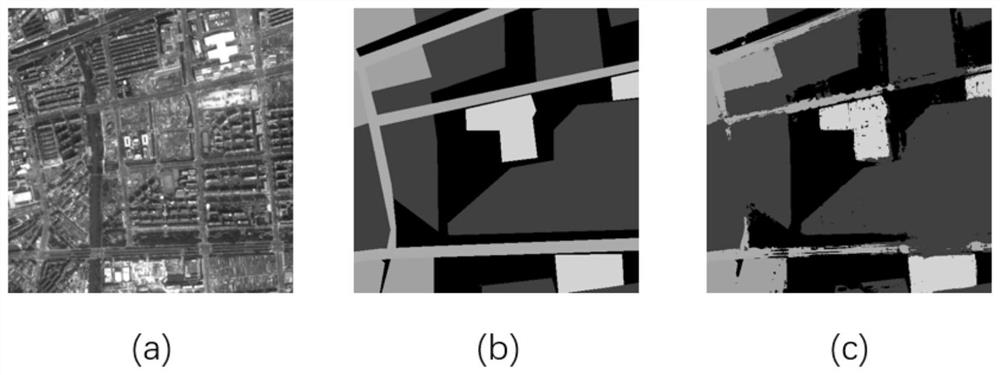Remote sensing image semantic segmentation method based on parallel cavity convolution
A technology of remote sensing image and semantic segmentation, which is applied in the field of remote sensing image to achieve good pixel-level classification effect, expand the receptive field, and save video memory
- Summary
- Abstract
- Description
- Claims
- Application Information
AI Technical Summary
Problems solved by technology
Method used
Image
Examples
Embodiment Construction
[0037] The technical solutions in the embodiments of the present invention will be clearly and completely described below with reference to the accompanying drawings in the embodiments of the present invention. Obviously, the described embodiments are only a part of the embodiments of the present invention, but not all of the embodiments. Based on the embodiments in the present invention, all other embodiments obtained by those of ordinary skill in the art fall within the protection scope of the present invention.
[0038] According to an embodiment of the present invention, a method for semantic segmentation of remote sensing images based on parallel hole convolution is provided.
[0039] like Figure 1-Figure 3 As shown, the method for semantic segmentation of remote sensing images based on parallel hole convolution according to an embodiment of the present invention includes the following steps:
[0040] Acquire high-resolution remote sensing images in advance, and slice, ...
PUM
 Login to View More
Login to View More Abstract
Description
Claims
Application Information
 Login to View More
Login to View More - R&D
- Intellectual Property
- Life Sciences
- Materials
- Tech Scout
- Unparalleled Data Quality
- Higher Quality Content
- 60% Fewer Hallucinations
Browse by: Latest US Patents, China's latest patents, Technical Efficacy Thesaurus, Application Domain, Technology Topic, Popular Technical Reports.
© 2025 PatSnap. All rights reserved.Legal|Privacy policy|Modern Slavery Act Transparency Statement|Sitemap|About US| Contact US: help@patsnap.com



